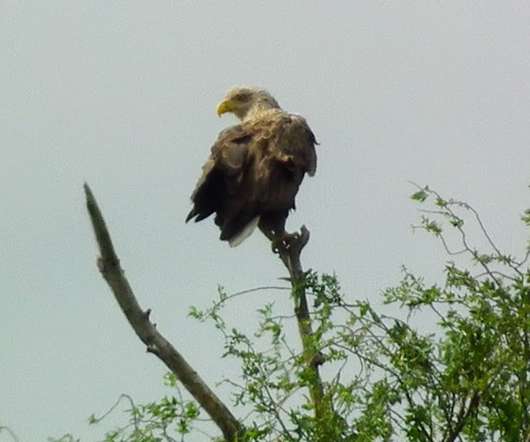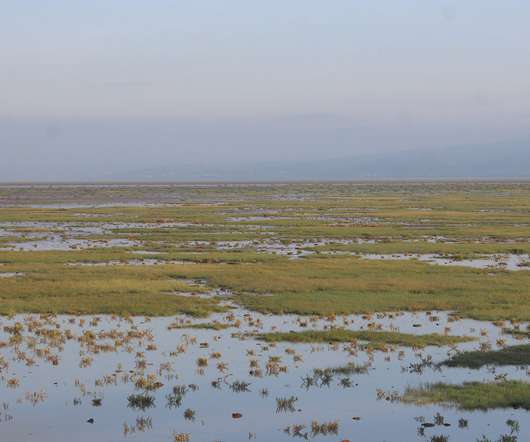Planning and executing birding plans in the times of corona-virus
10,000 Birds
MAY 7, 2020
From Kerkini, I would have some 600 km more to reach home, about 2000 km in total. The first thing to appear was its yellow bill – a locally rare Cattle Egret ! From there some 200 km to the Kerkini Lake National Park with its 310+ bird checklist, stopping en route at the Mt. Paigeo for mountain species such as Rock Partridge.



















Let's personalize your content